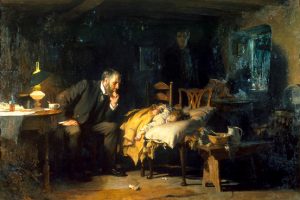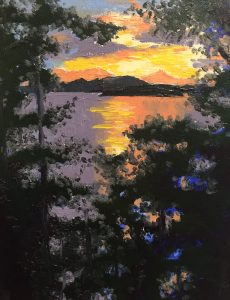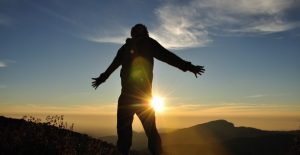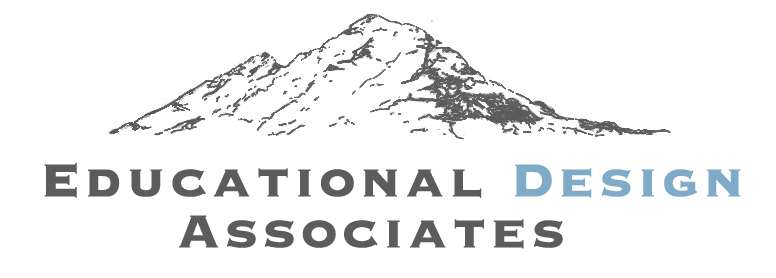 Why should a medical school student – immersed in the incredibly demanding study of anatomy and physiology, of the uncounted pathologies and illnesses of the human body, and of the treatments and medicines and side effects involved in addressing those issues – take an art appreciation class?
Why should a medical school student – immersed in the incredibly demanding study of anatomy and physiology, of the uncounted pathologies and illnesses of the human body, and of the treatments and medicines and side effects involved in addressing those issues – take an art appreciation class?
It has to do with training one’s attention.
The value to a physician of studying art, if not intuitively clear, has been documented. Dr. Irwin Braverman, professor of medicine at Yale University’s Medical School, saw that new physicians tended to jump to conclusions or be too quick to use technology to apply a diagnosis. So he developed an art class to help doctors become more effective observers of their patients. It worked! Seeking to quantify the improvements he saw in physicians’ observational skills, Braverman conducted a study in which participants in his course were 10% more likely to notice important details of patient condition than non-participants.
His innovation helped improve his students’ attention, literally enabling them to see their patients better.
Dhruv Khullar, MD received his medical training at Yale, including art classes. Khullar said this about art as a pathway to better seeing. “It is subtle and indirect, yet it ingrains insights deep within your consciousness. You feel and know even before you can think or speak.”

Without conscious effort, our ability to see things clearly and to accurately discern their nuances is limited. Preconceived ideas, pressure to perform, distractions, and narrow perspectives compromise our attention. Appreciation of art can help unlock perceptual capacity.
I re-learned this lesson in a recent oil painting workshop offered by Lorrie Beck, an accomplished artist from Colorado Springs, Colorado. Beck challenged me to mark out the image I had chosen to paint using relative spatial relationships – rather than my preconception of what the image looked like. This spatial reality-check was a challenge.
But it was even more of a revelation to learn about color. I had to open my perception to see blue hidden in green, purple that at first appeared grey, and a range of orange and yellow hues defining the sky. (Sky is supposed to be blue, isn’t it?) This required nothing less than me seeing colors in a new way!

Such a renewal of perception certainly benefits caregivers like doctors. Those of us who teach also gain dramatically through such effort, as perceiving and resonating with others is at the core of teaching.
The author Peter Mathiesson, who lived among aboriginal peoples around the globe, was also a student of Zen Buddhism. He described his observations of profound eyesight among tribesmen in Africa and the South Pacific and surmised:
In cultures that are still close to the earth, survival may depend on noticing what is menacing or edible, and the people see better not because their visual apparatus is superior but because of an awareness of even the most minute change in their surroundings, the total awareness of a cat at a mousehole, not tense in any way, just empty of everything but readiness, so that when something changes in this field of awareness, it is noticed at once–bang!
Matthiessen goes on to say that:
Indians place great emphasis on being attentive to the presence of the Great Mystery in every instant, and in all things; Zen, too, insists before all that we remain mindful of the present moment, the common miracles. Pay attention! Pay attention! Pay attention! And what excites me is the instinct that this fundamental teaching derives from the same ancient tradition as the mindfulness of the hunters and warriors of other days, who had to develop and maintain an intense awareness in order to survive.
 Our modern world has tamed us, so to speak, and our perception is dulled by assumptions of space, color, and value. We are also, as noted above, susceptible to our inherent biases, the pressure to achieve, distractions, and habits of mind that compromise our awareness and receptivity. (Our dependence upon electronica surely dulls our awareness, too — but that is the topic of another essay.)
Our modern world has tamed us, so to speak, and our perception is dulled by assumptions of space, color, and value. We are also, as noted above, susceptible to our inherent biases, the pressure to achieve, distractions, and habits of mind that compromise our awareness and receptivity. (Our dependence upon electronica surely dulls our awareness, too — but that is the topic of another essay.)
It doesn’t have to be this way. “Pay attention. Pay attention. Pay attention!” What doors of awareness may open if we take our receptivity to each other and the world around us to the next level? How might this sort of mindfulness allow us to be more effective in our work and to build more meaningful relationships?
 Dr. Khullar described feeling and knowing in a way that precedes thinking and speaking. This kind of consciousness represents being more fully alive, akin to Matthiessen’s Buddhism and the attunement of aboriginal peoples to Nature. It brings us closer to each other and those around us. At the modest cost of cultivating our attention, it allows us to see the magic, beauty, and power in the world. For me, an art workshop elevated my awareness.
Dr. Khullar described feeling and knowing in a way that precedes thinking and speaking. This kind of consciousness represents being more fully alive, akin to Matthiessen’s Buddhism and the attunement of aboriginal peoples to Nature. It brings us closer to each other and those around us. At the modest cost of cultivating our attention, it allows us to see the magic, beauty, and power in the world. For me, an art workshop elevated my awareness.
What activity might bring you this gift of seeing?

Your art and writing together- it was a treat. You asked for feedback- I liked the idea of training ones attention and the different ways that people are looking at it: Dr. Braverman, Dr. Khular, and Matthiessen. I was looking for the vanishing point/focal point in the words though. What provocative thing is Daniel trying to say to me? By starting with a question you’ve asked me to be diffuse in my attention and my attention started to wandering and skim about 2/3 through the first paragraph. The statement that captured my attention was later on: “…modern world has tamed us… dulled our perception”. The word attention is a repeated pattern (like different layers in a landscape) and is a declarative word, not a question.
thanks for putting it out there.
Just a few thoughts for now.